Waple Wood Artwork Place (와플목공방)
4.0Km 2024-10-21
5-6 Wangsimni-ro 10-gil, Seongdong-gu, Seoul
Interior items made from wood
This workshop is visited by celebrities such as Park Narae of the entertainment program 'I Live Alone' and KAI of EXO. It is also the place where the senior wooden box that appeared in the movie 'PARASITE' was made. You can make your own interior accessories such as chairs and tabletops using hardwood. One-day classes on making ballpoint pens and mechanical pencils are also popular.
D MUSEUM Seongsu (디뮤지엄 성수)
4.0Km 2023-11-06
83-21, Wangsimni-ro, Seongdong-gu, Seoul
+82-2-6233-7200
D MUSEUM greets the general public with its catchphrase, “an art museum where daily life becomes art.” In 2021, the museum relocated to the area near Seoul Forest Park, so that it could accommodate more visitors in its space. The museum not only hosts exhibitions by prominent photographers like Nick Knight (NICK KNIGHT: IMAGE, 2016) and Linda McCartney (Linda McCartney Retrospective, 2014) but also leads the efforts to promote awareness among the general public through invitational exhibitions featuring up-and-coming artists. Its relocation to Seoul Forest Park was marked by the special exhibition “Romantic Days,” which garnered much interest among the visitors as a chance to meet the works of artists born in the ‘80s and the ‘90s.
Meal° (Seongsu) (밀도 성수점)
4.0Km 2023-10-23
96, Wangsimni-ro, Seongdong-gu, Seoul
Meal° (Seongsu) is a bakery located in front of Seongdong-gu Citizens' Sports Center, near Exit 1 of Seoul-forest Station (Suin–Bundang Line). Because the shop has no parking lot, visitors are advised to utilize buses, subways, and other public transportation when visiting. The shop itself is rather small, so it operates on a take-out-only basis. One can, however, opt to have the bread delivered. Signature menus include plain and rich bread, honey rusk, chocolate and honey rusk, cube custard, and strawberry jam bread. Other menus include scones, cube bread with streusel, and sandwiches. Nearby sites include Seongsu-dong Cafe Street, Seongsu Handmade Shoes Park, Seoulsup Forest, and Ttukseom Recreation Area.
Hotel The Designers - Cheongnyangni Branch (호텔 더 디자이너스 청량리)
4.0Km 2023-05-02
226, Wangsan-ro, Dongdaemun-gu, Seoul
+82-2-957-3300
Hotel The Designers, Cheongnyangni Branch is located four minutes from Cheongnyangni Station Exits 1 and 4 and two minutes by foot from Lotte Department Store. Visitors can take the KTX at Cheongnyangni Station to Gangneung and Yangpyeong or the ITX-Chungchun to Gapyeong, Nami Island in Chuncheon, and Yangpyeong Sheep Farm. Dongdaemun Market is only seven minutes away on Seoul Subway Line 1 and Incheon International Airport can be reached in one hour by car. The front desk is open 24 hours and free Wi-Fi is available throughout the accommodation. Parking is free and there are also valet services provided. Smoking is prohibited indoors. Each room is equipped with LED cable TV, refrigerators, free water, and an electric kettle. The bathrooms have bathtubs, shower facilities, and a bidet.
Gomiso Gopchang (고미소곱창)
4.0Km 2021-03-19
228, Wangsan-ro, Dongdaemun-gu, Seoul
+82-2-969-8883
Gopchang (intestine) is a Korean popular dish with stir-fried pig intestines and vegetables. The most famous menu is grilled beef small intestine/grilled pork small intestine. A barbecue specialty restaurant located near Cheongnyangni Station in Seoul.
Sukjeongmun Gate (북악산 숙정문)
4.0Km 2020-06-19
1, Daesagwan-ro, Seongbuk-gu, Seoul
+82-2-747-2152
Of the Four Great Gates (Sukjeongmun, Namdaemun, Dongdaemun, and Seodaemun), established by King Taejo in 1396, Sukjeongmun is called the north gate.
Located to the north of Seoul, this gate, with Gyeongbokgung Palace in the center and Changaemun (Jahamun) to the right, make up the wings of the north gate. Due to the possible danger of the area being damaged from all the pedestrians, the king in 1413 planted pine trees and prohibited passing this area. Henceforth, Sukjeongmun became a scenic walkway until the North Korean Communist infiltration of 1968, which prohibited the passing of all civilians.
The reopening of Sukjeongmun in April of 2006 has led to the opening of Bugaksan Mountain in April of 2007 and is in the process of dividing it into 3 courses. Bugaksan Mountain has been kept well-preserved due to a long period of restriction in this area, and if you climb the mountain, you will be able to see all of Seoul.
Hwanghakjeong Pavilion (황학정)
4.0Km 2020-04-02
15-32, Sajik-ro 9-gil, Jongno-gu, Seoul
+82-2-738-5785
Hwanghakjeong Pavilion was built in 1898 by decree of King Gojong’s. It was originally set up close to the northern wall of Hoesangjeon in Gyeonghuigung Palace for archery practice. In 1922 when the Japanese colonial government sold buildings of Gyeonghuigung Palace to the public to build Gyeongseong Middle School in the location, the Hwanghakjeong Pavilion was bought and restored at the current location, which is an old site of Deunggwajeong Pavilion located to the North of Sajik Park.
It is relatively large for a pavilion, but the structure is plain and simple. There is a well behind the pavilion to the southwest. A rock behind the well has an engraved poem about eight beautiful scenes of Hwanghakjeong. Located to the right of the pavilion building (northeast of the building) is Hancheongak Pavilion, which has unique roof. To the west of the pavilion is Sauhoegwan Hall that was built with reinforced concrete.
Dongnimmun Yeongcheon Market (독립문영천시장)
4.1Km 2023-01-17
189-1, Tongil-ro, Seodaemun-gu, Seoul
Yeongcheon Market, which was formed in the 1960s near Dongnimmun Gate in Seodaemun-gu, is a marketplace with over 50 years of history and tradition, once famous as one of the largest rice cake wholesale markets in Seoul. It is set up near a residential district, which makes it one of the city's most notable street-style traditional markets that nearby residents frequently visit. The city of Seoul selected the area surrounding 38 Yeongcheonsijang-gil, Seodaemun-gu as the "Future Heritage of July" in 2021.
It is a large-scale traditional market that currently features around 198 stores, and it is well-known for its various foods and snacks such as tteokbokki and twisted donuts sold at about 40% of all shops.
Seoul Crown Hotel (서울 크라운 관광호텔 )
4.1Km 2021-05-24
140, Noksapyeong-daero, Yongsan-gu, Seoul
+82-2-797-4111
Seoul Crown Hotel is in the main shopping district of Itaewon, an international area where a variety of restaurants, shops, and other entertainment choices are clustered. The hotel is perfect for rest, weddings or events and parties as it is equipped with all the subsidiary facilities to accommodate all the guest’s needs. Guests can also easily travel throughout the city using public transportation that is nearby.

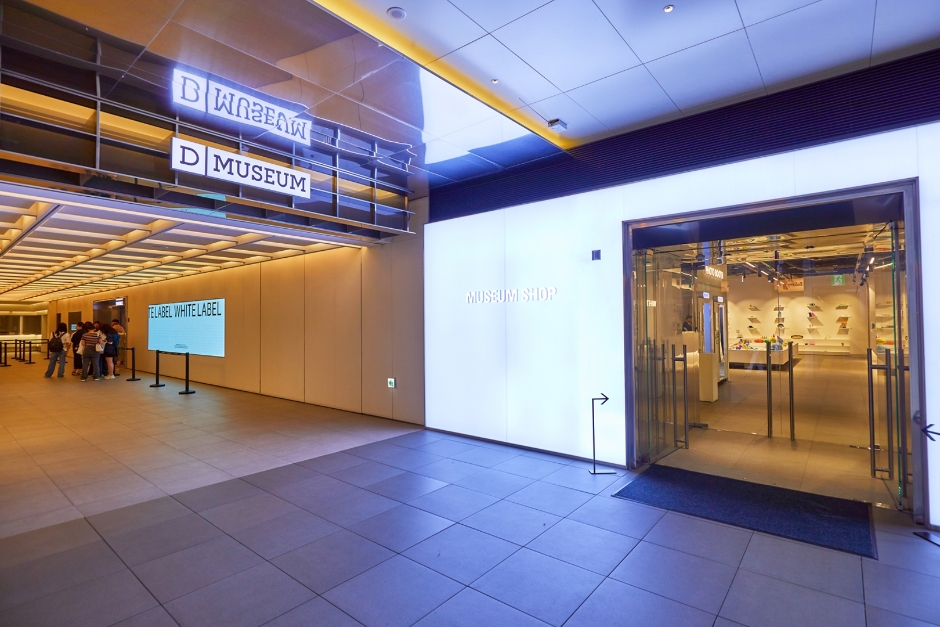

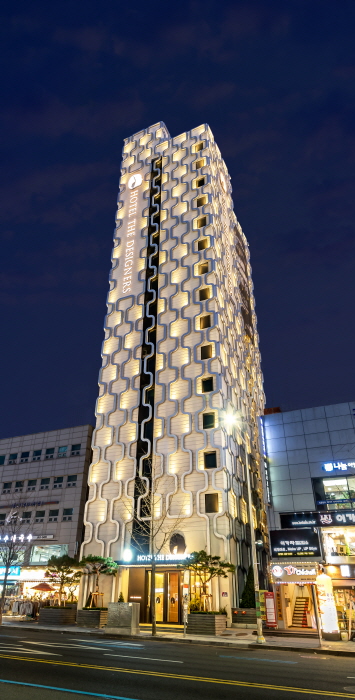
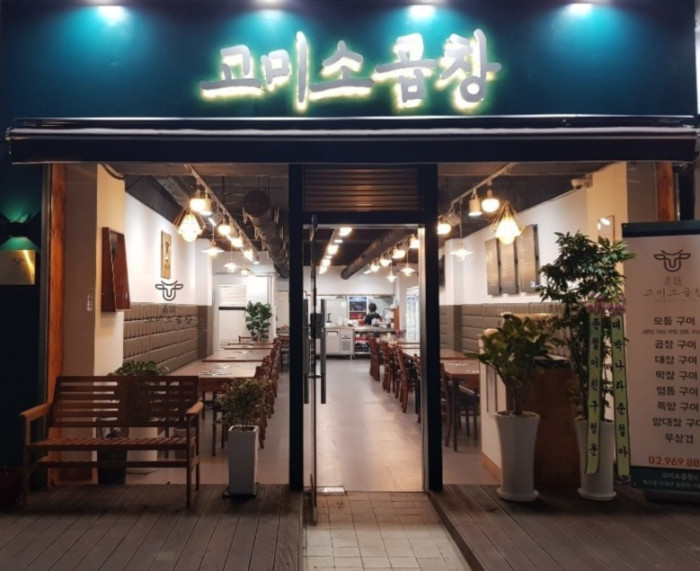
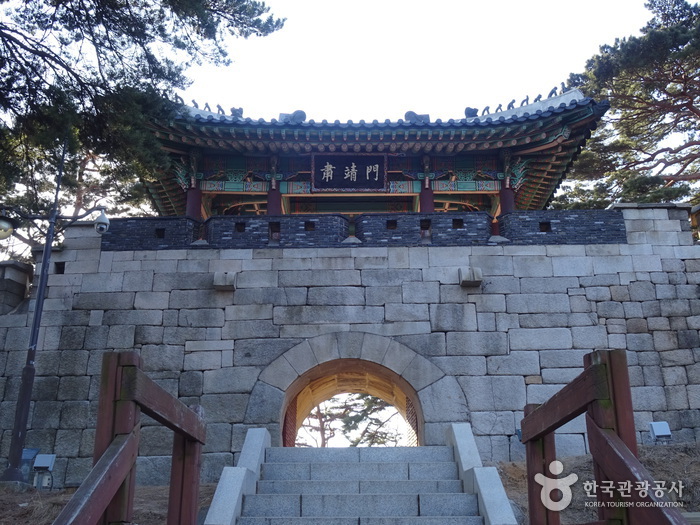
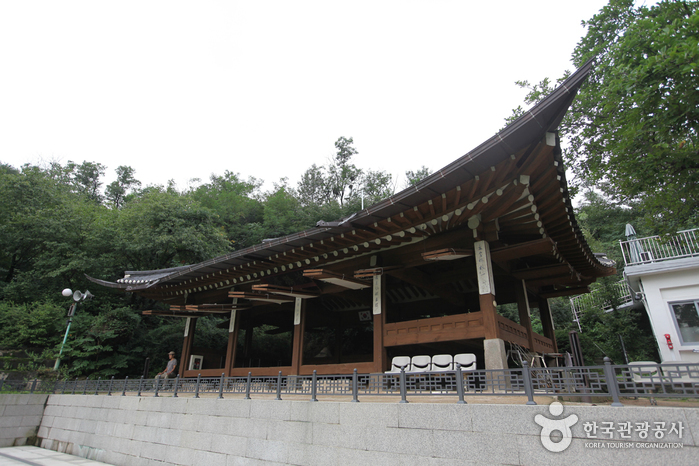
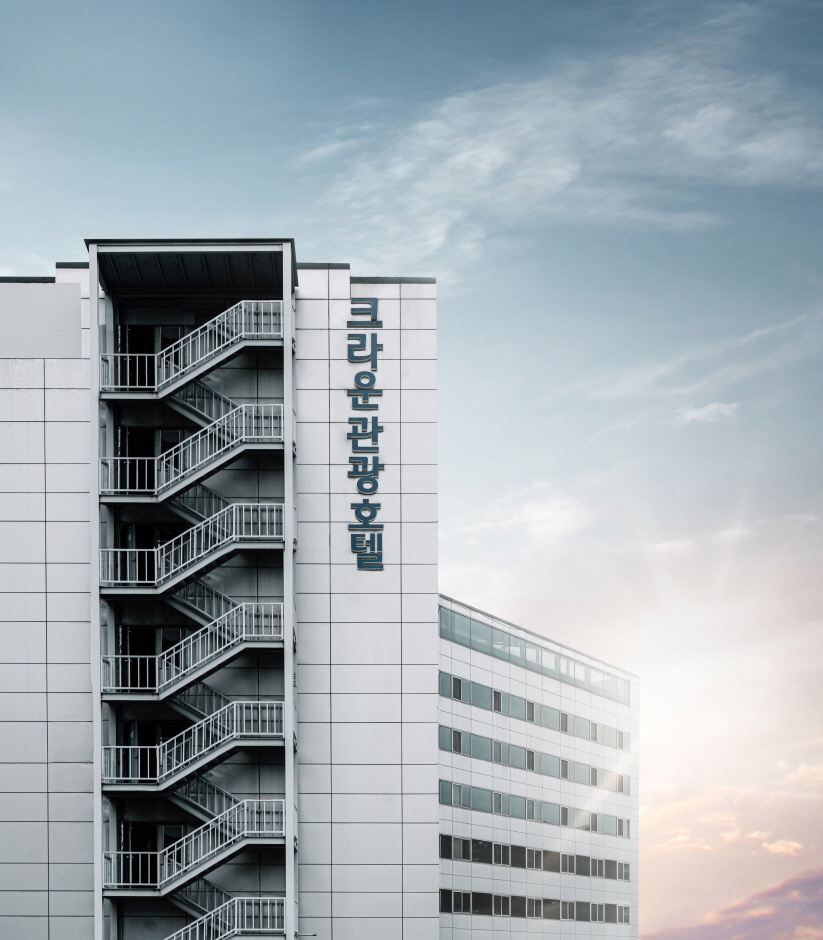
 English
English
 한국어
한국어 日本語
日本語 中文(简体)
中文(简体) Deutsch
Deutsch Français
Français Español
Español Русский
Русский